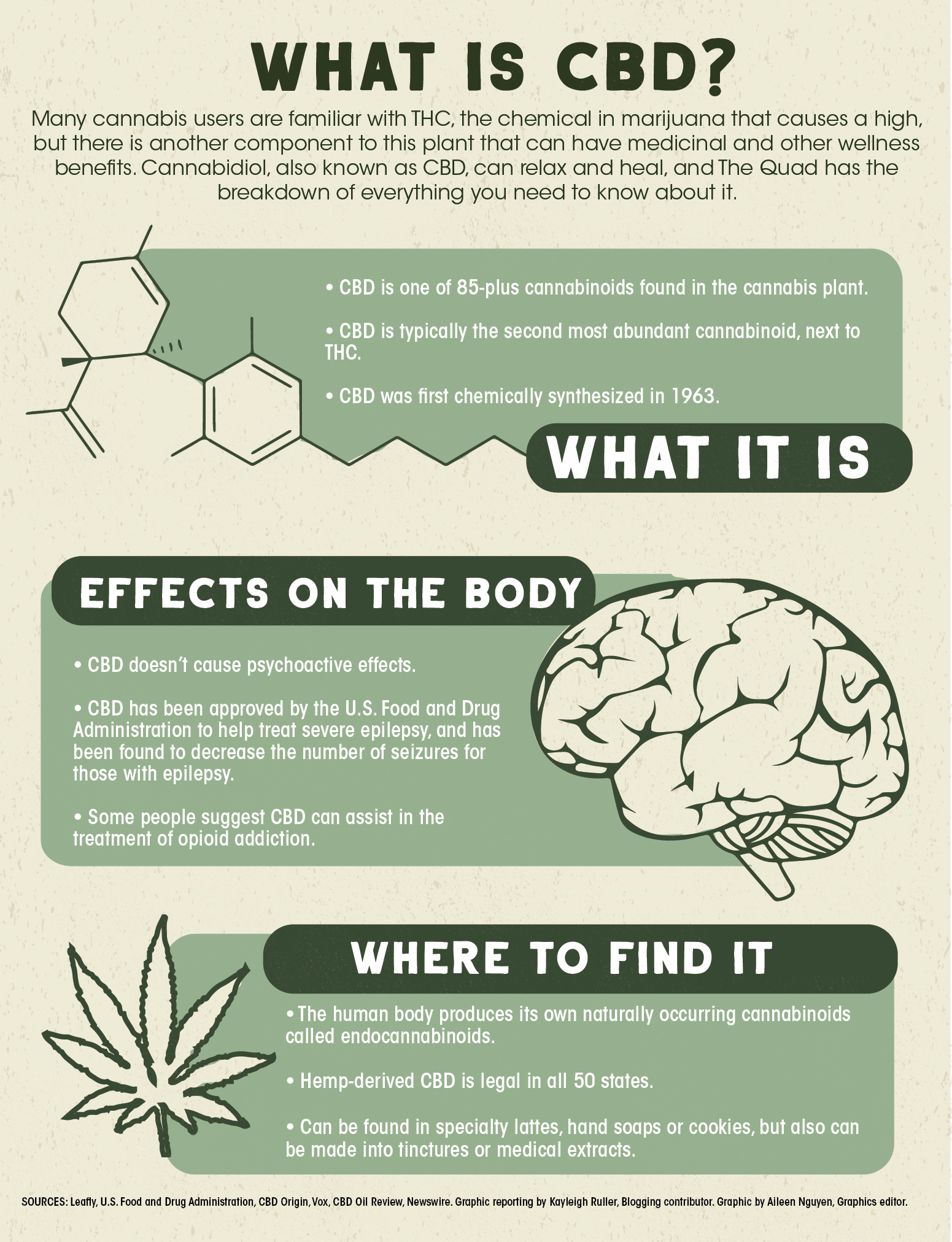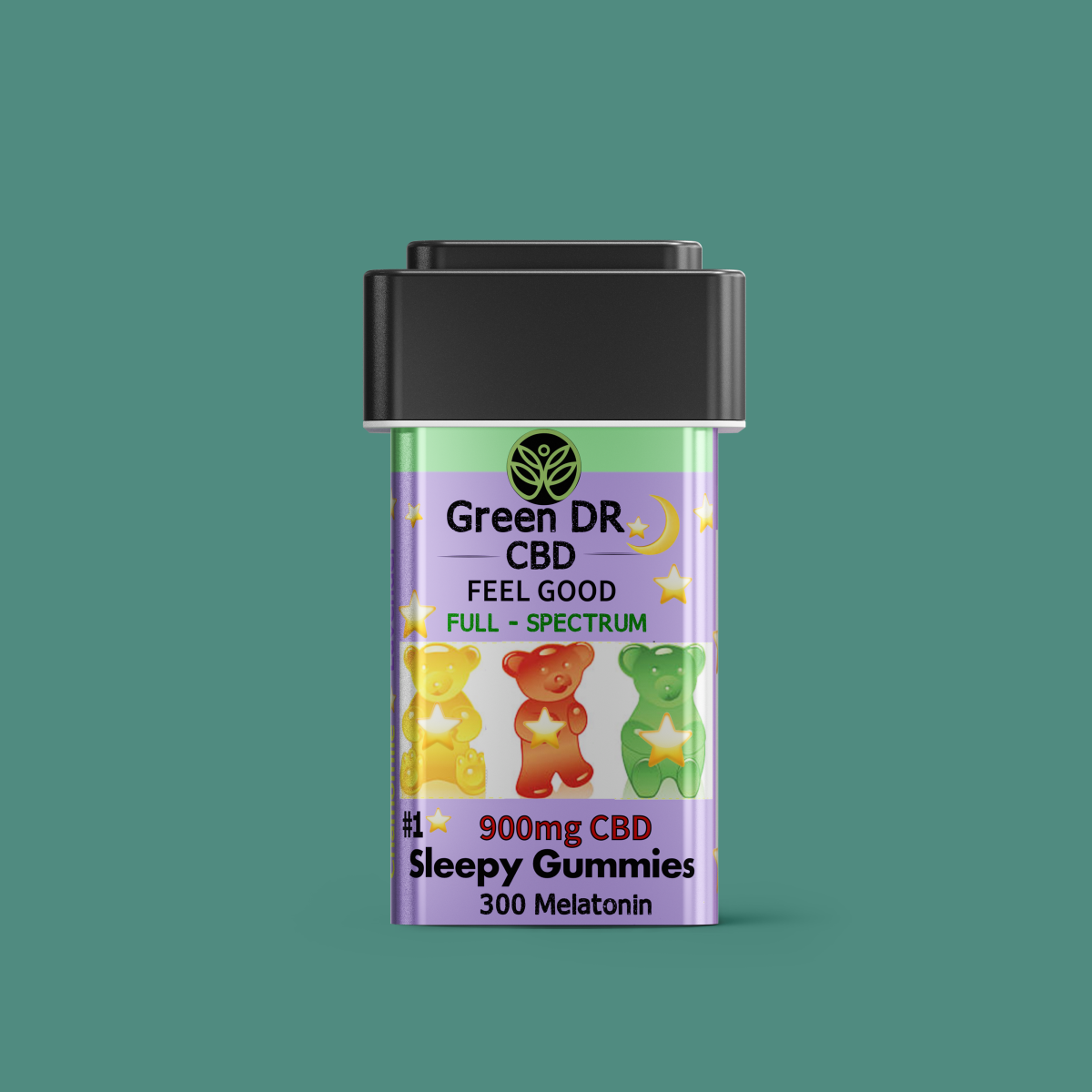Little Known Facts About Green Dr Cbd.
Little Known Facts About Green Dr Cbd.
Blog Article
How Green Dr Cbd can Save You Time, Stress, and Money.
Table of ContentsGreen Dr Cbd Can Be Fun For AnyoneThe 5-Minute Rule for Green Dr CbdThe 5-Second Trick For Green Dr CbdSome Known Questions About Green Dr Cbd.
For example, the most common problems for which clinical marijuana is utilized in Colorado and Oregon are pain, spasticity linked with multiple sclerosis, nausea or vomiting, posttraumatic tension problem, cancer, epilepsy, cachexia, glaucoma, HIV/AIDS, and degenerative neurological problems (CDPHE, 2016; OHA, 2016 (cbd dog treats for anxiety). We contributed to these problems of interest by checking out lists of qualifying disorders in states where such usage is legal under state legislationThe board realizes that there may be various other conditions for which there is proof of efficacy for cannabis or cannabinoids (https://giphy.com/channel/greendrcbd). In this chapter, the board will certainly discuss the findings from 16 of one of the most recent, good- to fair-quality organized evaluations and 21 primary literary works short articles that ideal address the committee's research inquiries of interest

As an example, Light et al. (2014 ) reported that 94 percent of Colorado medical marijuana ID cardholders suggested "serious discomfort" as a clinical condition. Ilgen et al. (2013 ) reported that 87 percent of individuals in their study were seeking medical marijuana for pain relief. Additionally, there is proof that some people are changing the usage of traditional pain medicines (e.g., narcotics) with cannabis.
The Ultimate Guide To Green Dr Cbd
Recent evaluations of prescription data from Medicare Part D enrollees in states with medical accessibility to marijuana suggest a significant decrease in the prescription of traditional pain drugs (Bradford and Bradford, 2016). Integrated with the survey data recommending that discomfort is one of the primary factors for the use of clinical cannabis, these recent reports suggest that a number of discomfort patients are replacing using opioids with marijuana, although that marijuana has not been approved by the U.S.
Five good- to fair-quality systematic reviews were recognized. Of those five reviews, Whiting et al. (2015 ) was one of the most extensive, both in regards to the target medical problems and in terms of the cannabinoids tested. Snedecor et al. (2013 ) was directly focused on discomfort associated to spine injury, did not sites include any kind of research studies that used cannabis, and only recognized one research study checking out cannabinoids (dronabinol).

Excitement About Green Dr Cbd
For the objectives of this discussion, the main source of information for the impact on cannabinoids on persistent pain was the evaluation by Whiting et al. (2015 ). Whiting et al. (2015 ) included RCTs that compared cannabinoids to usual care, a placebo, or no treatment for 10 conditions. Where RCTs were unavailable for a condition or end result, nonrandomized studies, consisting of uncontrolled studies, were considered.
( 2015 ) that specified to the impacts of inhaled cannabinoids. The extensive screening method used by Whiting et al. (2015 ) led to the identification of 28 randomized trials in patients with persistent discomfort (2,454 individuals). Twenty-two of these tests evaluated plant-derived cannabinoids (nabiximols, 13 trials; plant flower that was smoked or vaporized, 5 tests; THC oramucosal spray, 3 trials; and oral THC, 1 trial), while 5 trials assessed synthetic THC (i.e., nabilone).
The clinical problem underlying the chronic pain was most often relevant to a neuropathy (17 trials); other problems consisted of cancer cells discomfort, multiple sclerosis, rheumatoid joint inflammation, musculoskeletal concerns, and chemotherapy-induced discomfort. = 0 (green dr).992.00; 8 trials).
Showed that marijuana lowered discomfort versus a sugar pill (OR, 3.43, 95% CI = 1.0311.48).
See This Report on Green Dr Cbd
There was likewise some evidence of a dose-dependent result in these researches. In the addition to the evaluations by Whiting et al. (2015 ) and Andreae et al. (2015 ), the committee recognized two additional researches on the impact of cannabis blossom on sharp pain (Wallace et al., 2015; Wilsey et al., 2016).
These two research studies are constant with the previous reviews by Whiting et al. (2015 ) and Andreae et al. (2015 ), suggesting a decrease in discomfort after marijuana management. In their review, the committee found that only a handful of studies have examined the usage of marijuana in the United States, and all of them evaluated cannabis in flower type given by the National Institute on Medication Abuse that was either vaporized or smoked.
Report this page